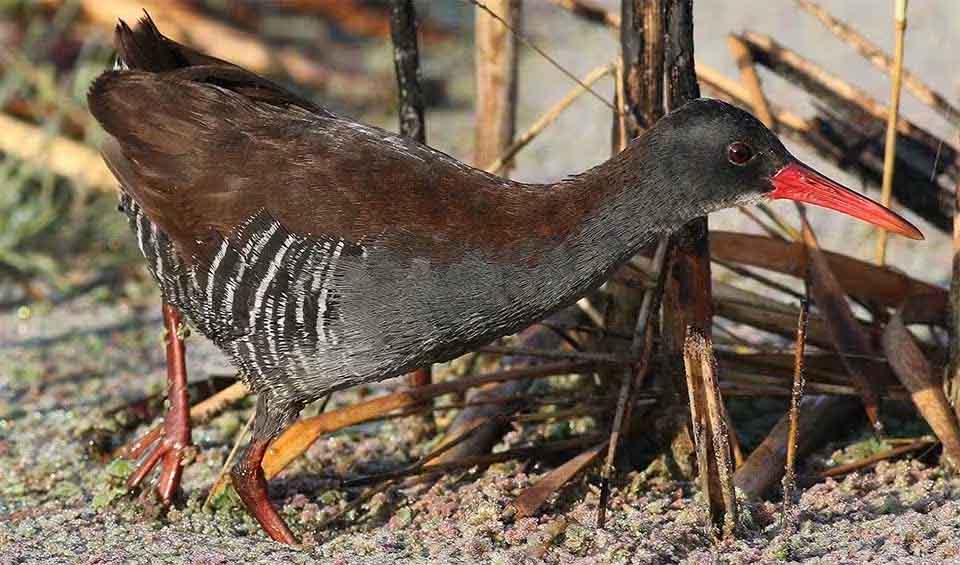Rallus
You might hear them before you see them, as they have loud, rattling calls
This genus encompasses a fascinating group of birds known as rails, typically found in wetland areas across the globe. These birds are notable for their secretive nature, preferring to remain hidden among dense aquatic vegetation rather than flying, which makes them elusive subjects for birdwatchers and researchers alike.
One of the defining characteristics of these birds is their appearance. They generally have slender bodies, long toes, and short tails, which are ideal for their primary habitat in marshes and reed beds. Their plumage tends to be subdued, with browns, grays, and whites dominating, helping them blend seamlessly into their surroundings. This camouflage is crucial for avoiding predators since many rail species are not strong flyers and rely more on running and hiding to ensure their safety.
Rallus rails are known for their distinctive vocalizations; their calls are often the only indication of their presence in dense vegetation. These sounds can vary from simple clucks and whistles to complex and surprisingly loud calls that resonate across their wetland homes. These vocalizations are particularly important during the breeding season as they play a crucial role in mate attraction and territorial defense.
In terms of behavior, these birds exhibit fascinating adaptations to their environments. They are predominantly omnivorous, feeding on a varied diet that includes invertebrates, small fish, and plant material. Their long toes are not only adapted for walking on soft, uneven surfaces but also enable them to forage in mud and shallow water effectively. During feeding, they can often be seen probing with their long bills into mud or beneath vegetation to extract prey.
Species in this genus
African rail
Spend most of their time lurking in the thick reeds and grasses, only venturing out when they absolutely have to


